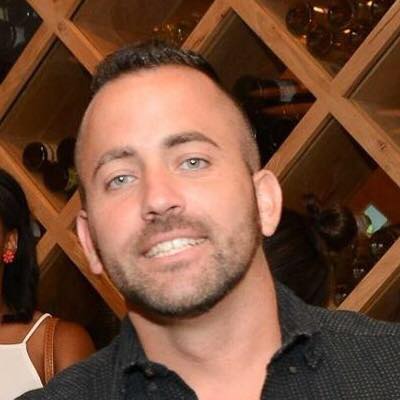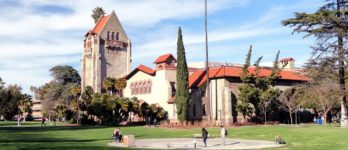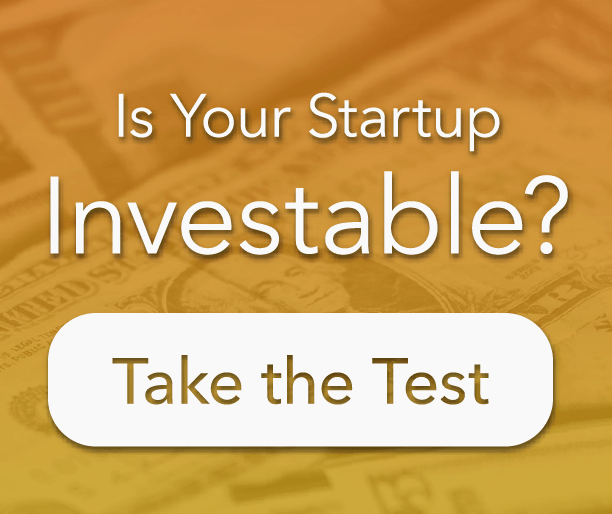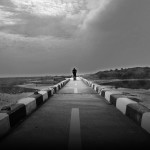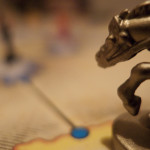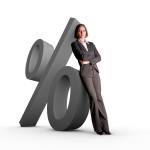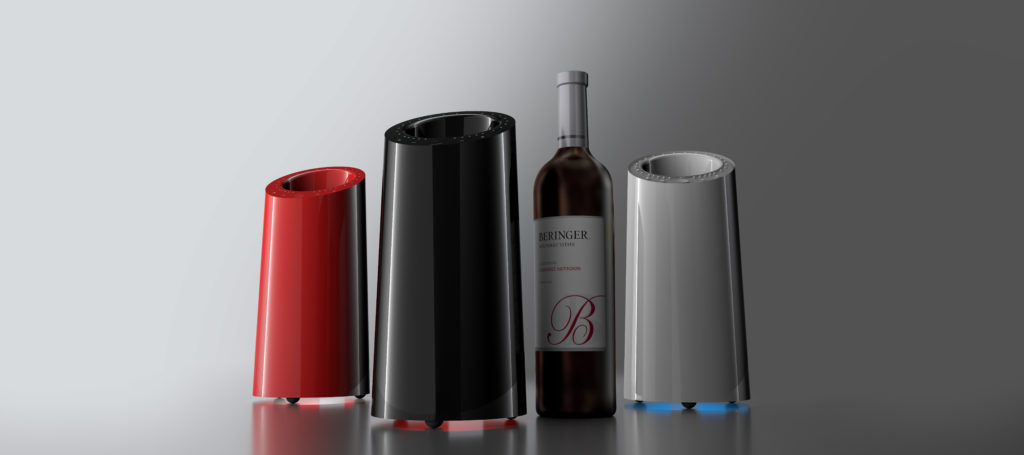
99% of Faraday’s competitors are based on changing the way the wine tastes, some are loosely based on science. Most are fake and people buy into it. Faraday’s method has been peer reviewed and is based on actual electro-chemical reactions stemming from electric field application. We are the first to use it as a commercial device.
Name: Faraday Inc.
Location: Tampa, Florida
Website: www.myVinoNovo.com
Product / Service Offering: Product that artificially ages red wine within twenty minutes
Co-founder Interviewed: Clyde Snodgrass
This article is part of our Business Startup Spotlight series featuring entrepreneurs and their companies. We hope that these founders’ interviews will inspire and motivate you as you undertake your own entrepreneurial journey.
Tell us a little about yourself with a focus on what motivates you.
I have always been a tinkerer as a young kid. When I was eleven, I had one of the nation’s first fully graphic based bulletin boards. This occurrence was in the early 90’s when neither the internet nor email addresses were a thing. I built anything I could get my hands on. I started working as a child on robots, remote control cars, planes, and boats. Computers and programming were my life until I got into middle and high school, then I let the technical side of me flounder.
Fast forward a decade or so and my background was mostly finance. I had a great exit from the finance company I started. At some point, I started to get back into the technology sector. Makerfare, local maker groups, and meet and greets with multiple social meetups helped idea flow.
Founders: Do You Have An Exit Strategy?
What motivates me is exactly what I use as the slogan for my company. At Faraday, we want to “change the way the world drinks wine”. I believe strongly that we have been so caught up in the way that society has told us wine has to be aged and enjoyed that no one has bothered trying to break into an industry as big as it is ($39 Billion in domestic sales alone in 2016). I have gotten a lot of flack along the way, but everyone that has tried my device, the Vino Novo, even the worst detractors, have all said they notice a huge difference.
When did you establish your company and where did the idea originate?
The idea for this product came from a paper written in 2008 by a physicist in Japan that involved using AC electric fields for wine maturation as well as food preservation. I thought I could turn this into a larger commercial unit that I could sell to wineries. Someone close to me suggested I build a small unit. This led to four different style prototypes – leaving us with the one we have now that you can see on our website. Faraday was incorporated in 2014, but we did not start the finalized design of the unit until 2017.
 Vino Novo by Faraday started as a casual conversation between a few friends. We had this grandiose idea of how we could build things for fun and help people along the way that were not as capable or did not know where to start. It turned into a passion project, something that I believe in more than anything else I have worked on.
Vino Novo by Faraday started as a casual conversation between a few friends. We had this grandiose idea of how we could build things for fun and help people along the way that were not as capable or did not know where to start. It turned into a passion project, something that I believe in more than anything else I have worked on.
What need or needs does your company seek to fill for its customers?
I am supposed to say “to enhance their wine experience.” In all honesty, this device was built to help people save money. Vino Novo allows people to buy a $5 bottle of Cabernet and put it in the device. It comes out tasting like a much more expensive bottle. The ancillary benefit is that it increases the flavor profile of the wine by changing three of the four things that go into how a bottle of wine is perceived. It does not change the color.
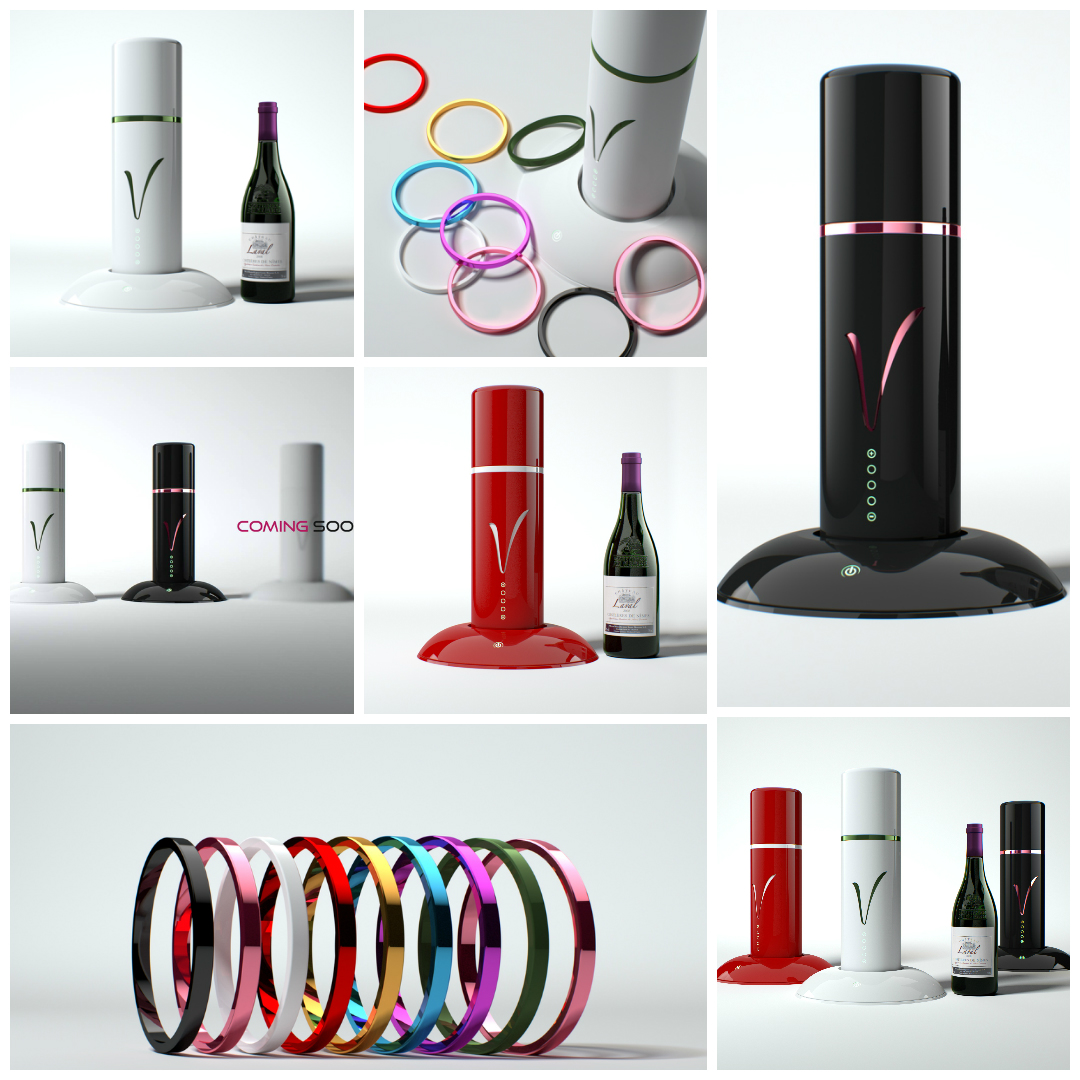 Additionally, once we aggregate enough data through the companion application, we will be able to go to wineries and show them where their customers prefer the treated wine over their own wine. We can then license that data to them along with the device itself.
Additionally, once we aggregate enough data through the companion application, we will be able to go to wineries and show them where their customers prefer the treated wine over their own wine. We can then license that data to them along with the device itself.
How to Protect Your Intellectual Property Using Patents [Infographic]
What is the one thing that sets your company apart from its competitors?
When asked about who my competitors are, I always say “any device that claims to change the way wine tastes.” 99% of Faraday’s competitors are based on fictitious means of changing the way the wine tastes, some are loosely based on science. Most are fake and people buy into it. My method has been peer reviewed and is based on actual science (electro-chemical reactions stemming from electric field application). There have been multiple papers written on the subject. No one has used it to make a commercial device.
I have been a part of the Tampa Bay Wave since April 2017. If you ask anyone there, they would tell you what sets Faraday apart is my passion for wanting to bring this to market. Also, I believe the people who run the company are just as important as the product they are selling.
What was the biggest challenge you faced while getting your company up and running, and how did you overcome it?
Firstly, the biggest issue was finding a power supply we could use that was small enough to fit into the space we were using. It took a good part of 2016. This was a part of the reason we did not spend much time on the design because we did not know if we would be able to fix it.
Secondly, I did not know much about electric engineering in the sense of high voltage when this started. I had to educate myself a lot in that regard. Trying to explain to companies that speak a certain language what I needed was almost impossible. I alienated quite a few because they thought I was some uneducated individual. The reason was that I could not explain the difference between RMS/P2P and how a sine wave varied over a square wave (all important in the design).
Thankfully, I found an engineer that was willing to be a part of our team and he walked me through a very intense “boot camp” to help me get past these issues. We found a supplier that spent the time helping us and made it so we had components 1.15” square rather than transformers the size of an Xbox power supply brick.
How to Launch a Tech Startup If You Are a Non-Technical Founder
Are there resources you have utilized that other founders might find compelling or useful?
I am in the consumer technology sector. While there are other individuals building devices, I am able to explain the process from ideation, to prototype, to semi-finished prototype, to CAD/Gerber files for production and what to expect. I did not know what I was doing and had very little oversite and help from the outside world.
What steps have you taken to secure funding for your company and what, if anything, would you do differently if you had to start over?
I bootstrapped Faraday myself when money was tighter than if I had done this in 2016. If I could go back, I would not have waited as long as I did. I have not actively tried to ask for funding yet. Faraday is only just now starting to seek funding due to the questions I could not ask before.
Startup Funding: The Four Types of Players [Infographic]
Have there been any questions you have had as an entrepreneur of a fledgling startup that you had a particularly hard time finding the answers to?
This goes back to the “not much help” comment. Designing a device like Vino Novo is very difficult so I did not have anyone to go to. I was unaware of such a big startup community across the country that invest and assist in the consumer technology sector. I probably would have asked to join an accelerator that specialized in technology startups.
What challenges, if any, are you grappling with?
The biggest issue I have with this is explaining how it works to an everyday person in a manner that they understand while still conveying this is a work of art, disguising a work of science underneath, which will change the way they drink wine.
What is the most helpful tip or “hack” you’ve ever learned, stumbled across, or been given?
Firstly, with Faraday and Vino Novo, I have learned to not work from home as much as I did. I surround myself with other people in the startup community to keep my motivation levels high. Working from home can take a toll. I found the more that I spent time in public places and at the Tampa Bay Wave, the more I accomplished.
 Secondly, it would be to get a mentor that actually cared about your success. I always did everything myself and never needed to raise capital before. I thought I knew how to do everything and did not. My mentor has been awesome and we meet as much as possible. They (there are actually two), keep me focused and on track since I am essentially on my own.
Secondly, it would be to get a mentor that actually cared about your success. I always did everything myself and never needed to raise capital before. I thought I knew how to do everything and did not. My mentor has been awesome and we meet as much as possible. They (there are actually two), keep me focused and on track since I am essentially on my own.
Is there anything else you would like to share about your company?
With the sheer amount of people that drink wine, I know that what I am doing cannot only change the way the world drinks wine, but also how it is produced and sold. The other side of the coin for Faraday is the commercial division and our own white label wine using our technology to process it.
While I have a large group of people that help me in an advisory role, everything you see I have done by myself (minus the CAD work). If I had three co-founders this would have been much easier, but I learned more than I ever would have before struggling through and getting to where I am. Was it difficult? Yes! Would I do it again? Absolutely!
Partner Salary Agreement – 4 Questions to Mitigate Partnership Failure
I expect to have a finished design package by February 2017. Vino Novo can be sent to any production facility across the world. I will end up with ready to sell units. I have been in talks with Brookstone and have submitted everything for which they have asked. With a little bit of luck, you will see this being sold on the shelves at every big box store in the country as well as every large electronics department stores in the UK and Asia. It is 220 volts compliant.
Are you familiar with other startups you believe should be spotlighted? If so, we would like to hear from you. Tell us about them, sharing in your comments below!
